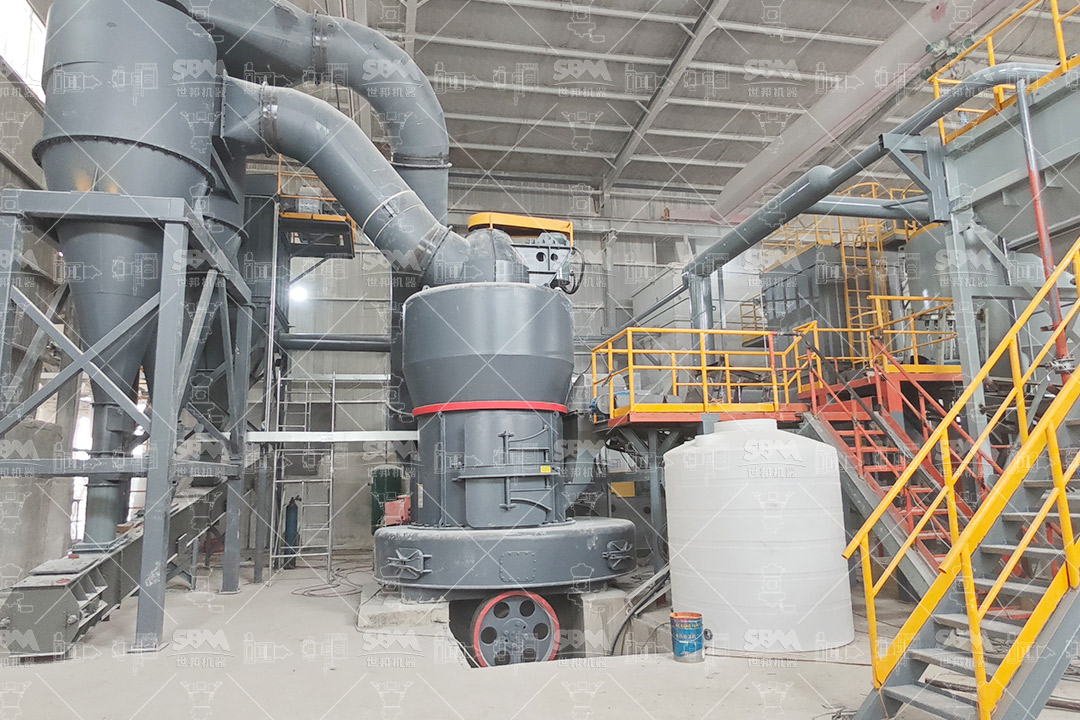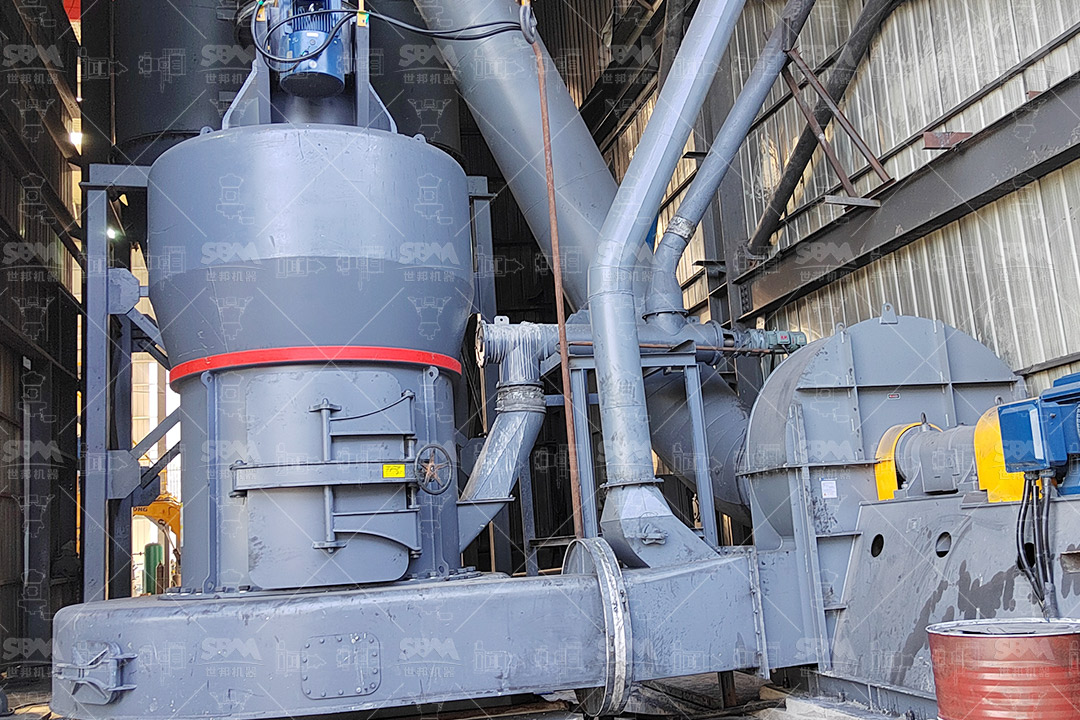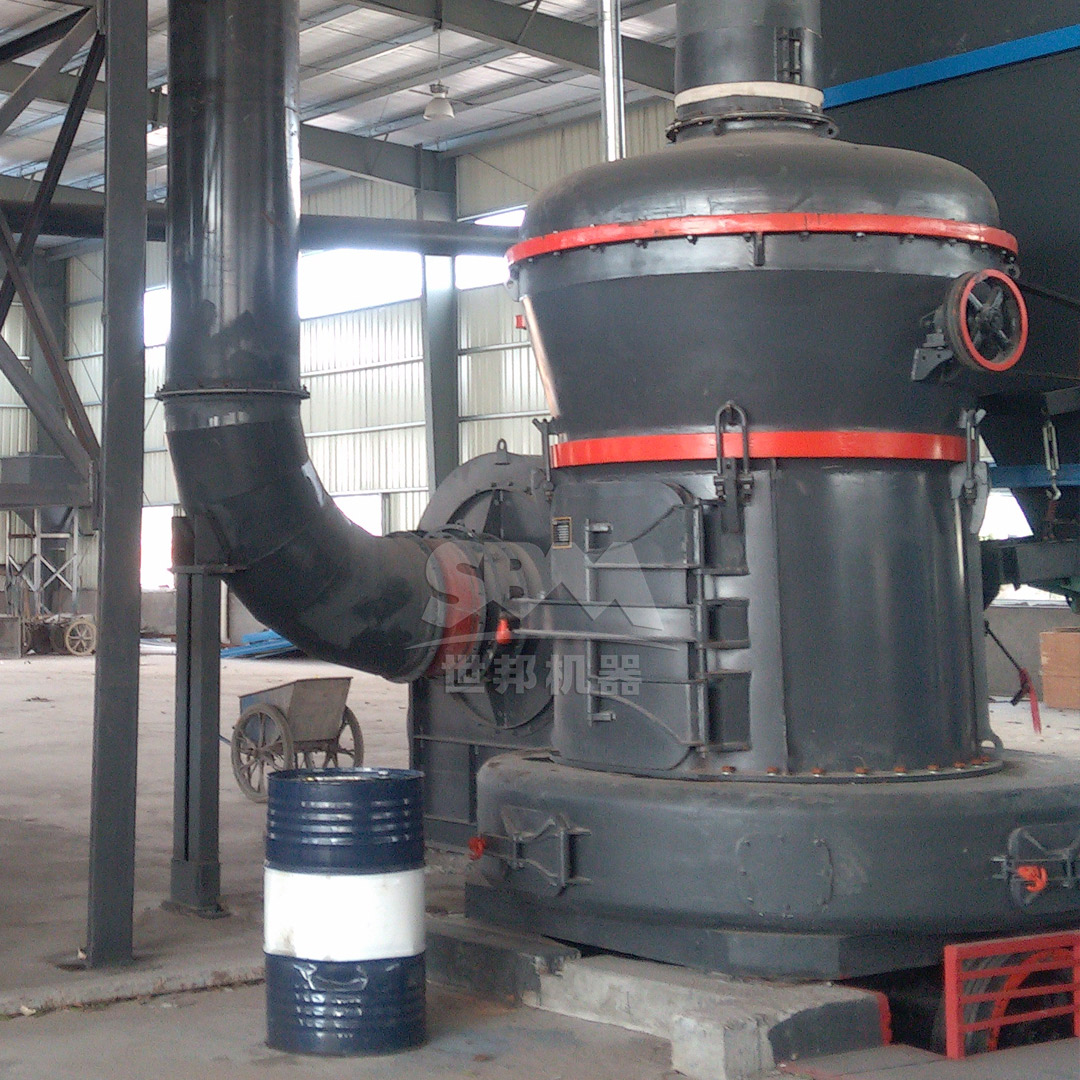In modern cement production, petroleum coke has become an increasingly popular alternative fuel due to its high calorific value and cost-effectiveness. However, efficient utilization of petcoke in cement kilns requires proper grinding to achieve optimal combustion characteristics. Selecting the right grinding mill is crucial for maximizing energy efficiency, reducing operational costs, and ensuring consistent kiln performance. This comprehensive guide examines the key factors to consider when choosing a petroleum coke grinding mill specifically for cement kiln operations.
Petroleum coke presents unique grinding challenges that differ from traditional raw materials. Its hardness, moisture content, and volatile matter significantly impact mill selection and operation. For cement kiln applications, the target fineness typically ranges between 5-15% residue on 90μm sieve, depending on kiln design and combustion system requirements.
The grinding system must handle petcoke’s abrasive nature while maintaining consistent product quality. Variations in petcoke quality from different sources further complicate the grinding process, requiring mills with flexibility to accommodate changing feed characteristics without sacrificing efficiency.
| Material Property | Typical Range | Impact on Grinding |
|---|---|---|
| Hardness (HGI) | 40-60 | Higher energy consumption |
| Moisture Content | 8-15% | Drying requirement |
| Volatile Matter | 8-12% | Explosion risk management |
| Sulfur Content | 3-6% | Corrosion considerations |
Energy consumption represents the single largest operational cost in petcoke grinding. Modern grinding technologies can reduce specific energy consumption by 30-50% compared to traditional ball mills. When evaluating energy efficiency, consider both the mill’s direct power consumption and auxiliary systems including classifiers, feeders, and dust collection equipment.
The grinding principle significantly impacts energy efficiency. Vertical roller mills typically demonstrate superior energy performance due to their bed compression grinding mechanism, which is more efficient than the impact and attrition methods used in traditional mills.
Cement plants require grinding systems that can match kiln production rates while allowing for future expansion. When selecting a mill, consider both current requirements and potential future increases in production. The mill should operate efficiently across a range of capacities, typically between 60-100% of rated capacity, to accommodate production fluctuations.
For large cement plants with multiple kiln lines, centralized grinding systems offer economies of scale, while distributed systems provide operational flexibility. The choice depends on plant layout, material handling logistics, and maintenance philosophy.

Grinding mill reliability directly impacts kiln operation and overall plant availability. Key maintenance considerations include wear part life, accessibility for maintenance, and mean time between failures. Modern mills incorporate features such as hydraulic roller extraction systems, online condition monitoring, and automated lubrication to minimize downtime.
Wear rates for petcoke grinding are typically higher than for raw materials due to the abrasive nature of petcoke. Mills with replaceable wear segments and hardfacing options provide better long-term maintenance economics than those requiring complete component replacement.
Vertical roller mills (VRMs) have emerged as the preferred technology for petroleum coke grinding in modern cement plants. Compared to traditional ball mills, VRMs offer significant advantages in energy efficiency, drying capacity, and product quality control.
| Technology | Specific Power (kWh/t) | Drying Capacity | Product Control | Footprint |
|---|---|---|---|---|
| Ball Mill | 25-35 | Limited | Moderate | Large |
| Vertical Roller Mill | 16-22 | Excellent | Excellent | Compact |
| Roller Press | 14-18 | Limited | Poor | Compact |
VRMs integrate grinding, drying, and classification in a single unit, reducing system complexity and auxiliary equipment requirements. The ability to use kiln exhaust gases for drying further enhances overall energy efficiency by utilizing waste heat that would otherwise be lost.
For petroleum coke grinding applications in cement kilns, we strongly recommend our LM Series Vertical Roller Mill. This technology has been specifically optimized for challenging materials like petroleum coke and offers exceptional performance characteristics.
The LM Series features a unique grinding system design that combines high grinding efficiency with low wear rates. Key advantages for petroleum coke applications include:
With capacity ranges from 3-250 tons per hour, the LM Series can accommodate everything from small standalone kilns to large multi-line cement plants. The modular design allows for customized configurations to match specific plant requirements and space constraints.

For operations requiring intermediate capacity or those with space constraints, our MTW Series Trapezium Mill provides an excellent alternative. This mill combines European technology with practical operational features that make it well-suited for petroleum coke grinding.
The MTW Series offers several distinctive advantages:
Particularly for cement plants with existing infrastructure, the MTW Series can often be integrated with minimal modifications to material handling systems. The standardized components and accessible design simplify maintenance and reduce spare parts inventory requirements.
Petroleum coke grinding presents explosion risks due to the combination of fine particles, volatile matter, and potential ignition sources. Modern grinding mills must incorporate comprehensive explosion protection systems including:
The grinding system design should minimize dust accumulation points and incorporate proper grounding to prevent static electricity buildup. Regular inspection and maintenance of explosion protection equipment is essential for safe operation.
Emissions control is critical in petroleum coke grinding operations. Modern mills must achieve dust emissions below 20 mg/Nm³ to meet international environmental standards. Our recommended mills feature integrated high-efficiency bag filters with automatic pulse cleaning systems that maintain consistent performance even with varying feed conditions.
Noise control is another important consideration, particularly for mills located near residential areas. Modern grinding mills incorporate acoustic enclosures and vibration isolation systems to maintain noise levels below 80 dB(A) at operator positions.

When evaluating grinding mill options, consider the total cost of ownership rather than just the initial capital investment. Energy efficiency improvements typically provide the fastest return, with modern vertical roller mills paying back the additional investment within 2-3 years through reduced power consumption.
Maintenance costs represent another significant factor. Mills with longer wear part life and easier maintenance access reduce both direct maintenance costs and production losses during maintenance shutdowns. Our LM Series mills feature grinding elements with 2-3 times longer service life compared to conventional designs, significantly reducing operating costs.
Operational flexibility also contributes to economic performance. Mills that can handle variations in petcoke quality without requiring adjustments or sacrificing efficiency provide better overall economics than systems requiring consistent feed quality.
Successful implementation of a petroleum coke grinding system requires careful planning and execution. Key steps include:
Proper commissioning and optimization are critical to achieving design performance. Allow sufficient time for system tuning and operator familiarization before expecting full production rates.
Selecting the right petroleum coke grinding mill for cement kiln operations requires careful consideration of multiple technical, operational, and economic factors. Vertical roller mill technology, particularly our LM Series, offers significant advantages in energy efficiency, operational flexibility, and total cost of ownership compared to traditional grinding systems.
The integration of grinding, drying, and classification in a single unit, combined with advanced control systems, provides cement producers with a reliable, efficient solution for petroleum coke preparation. When properly selected and implemented, modern grinding technology can reduce specific energy consumption by 30-40% while improving product consistency and reducing environmental impact.
For cement plants seeking to optimize their fuel strategy through increased petroleum coke utilization, investment in advanced grinding technology represents one of the most effective ways to improve overall operational efficiency and competitiveness in today’s challenging market environment.